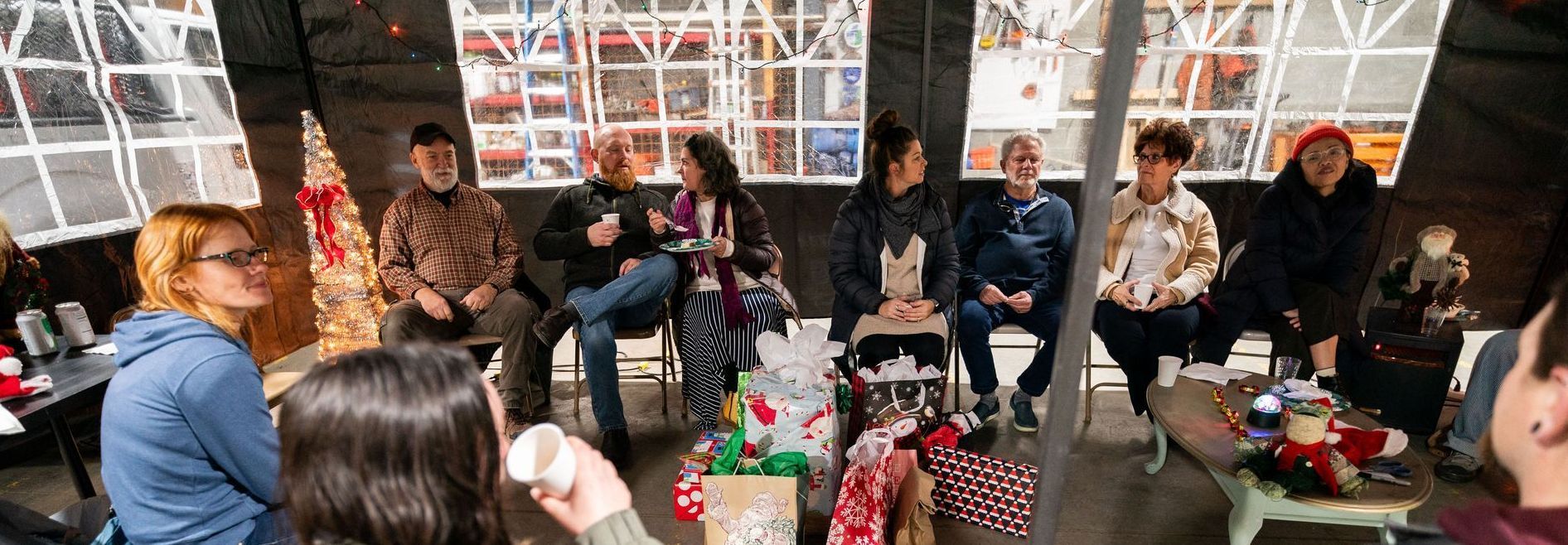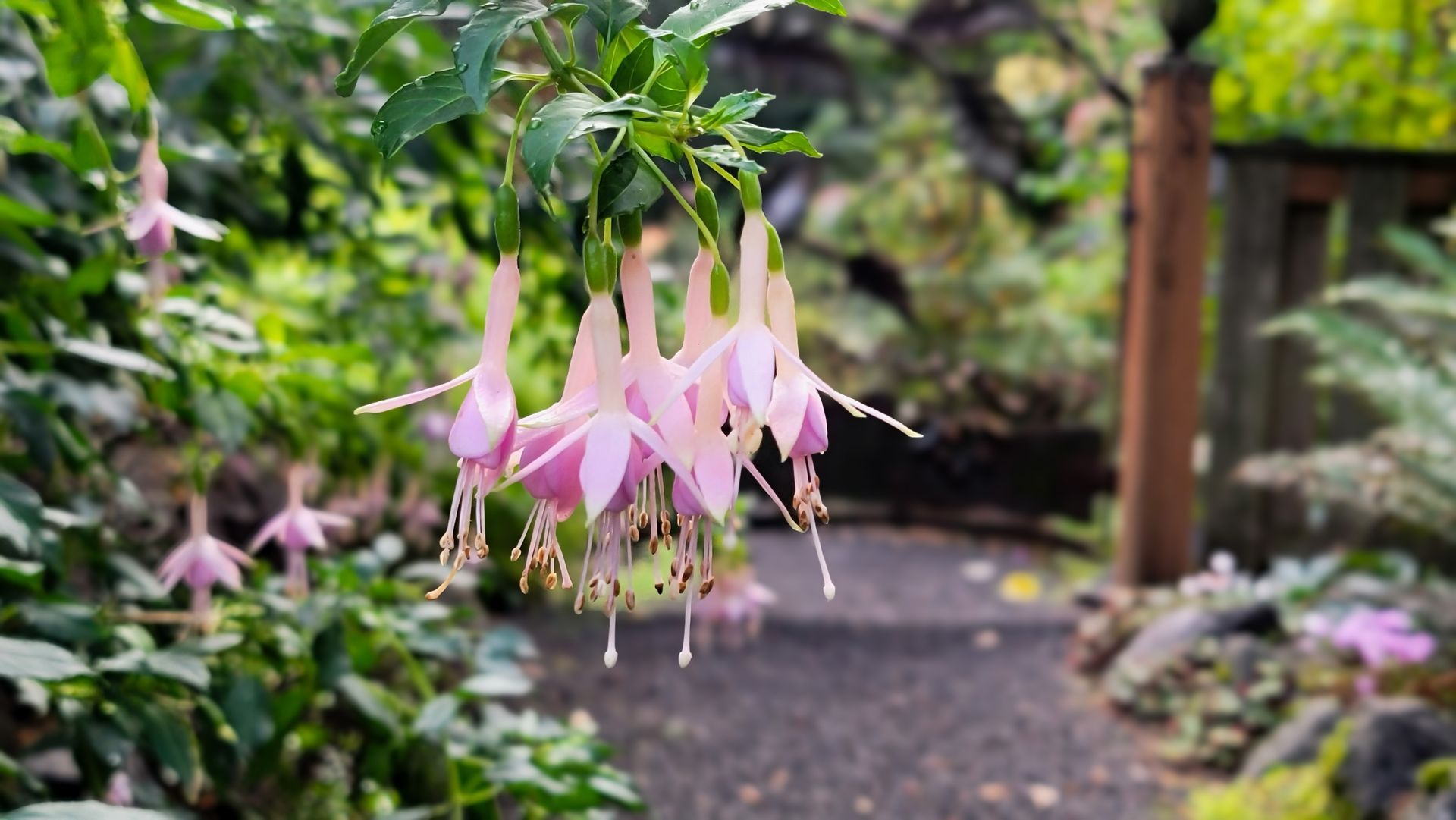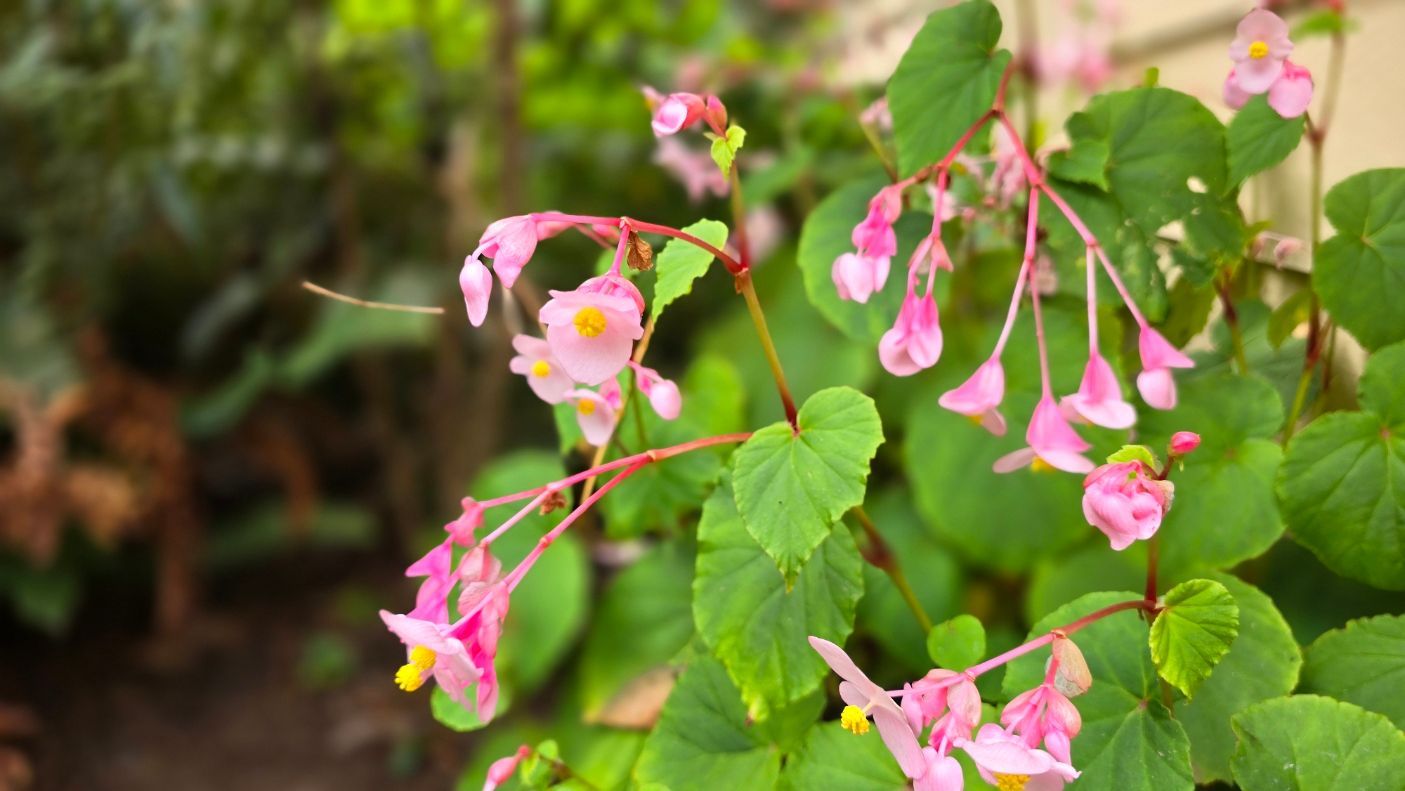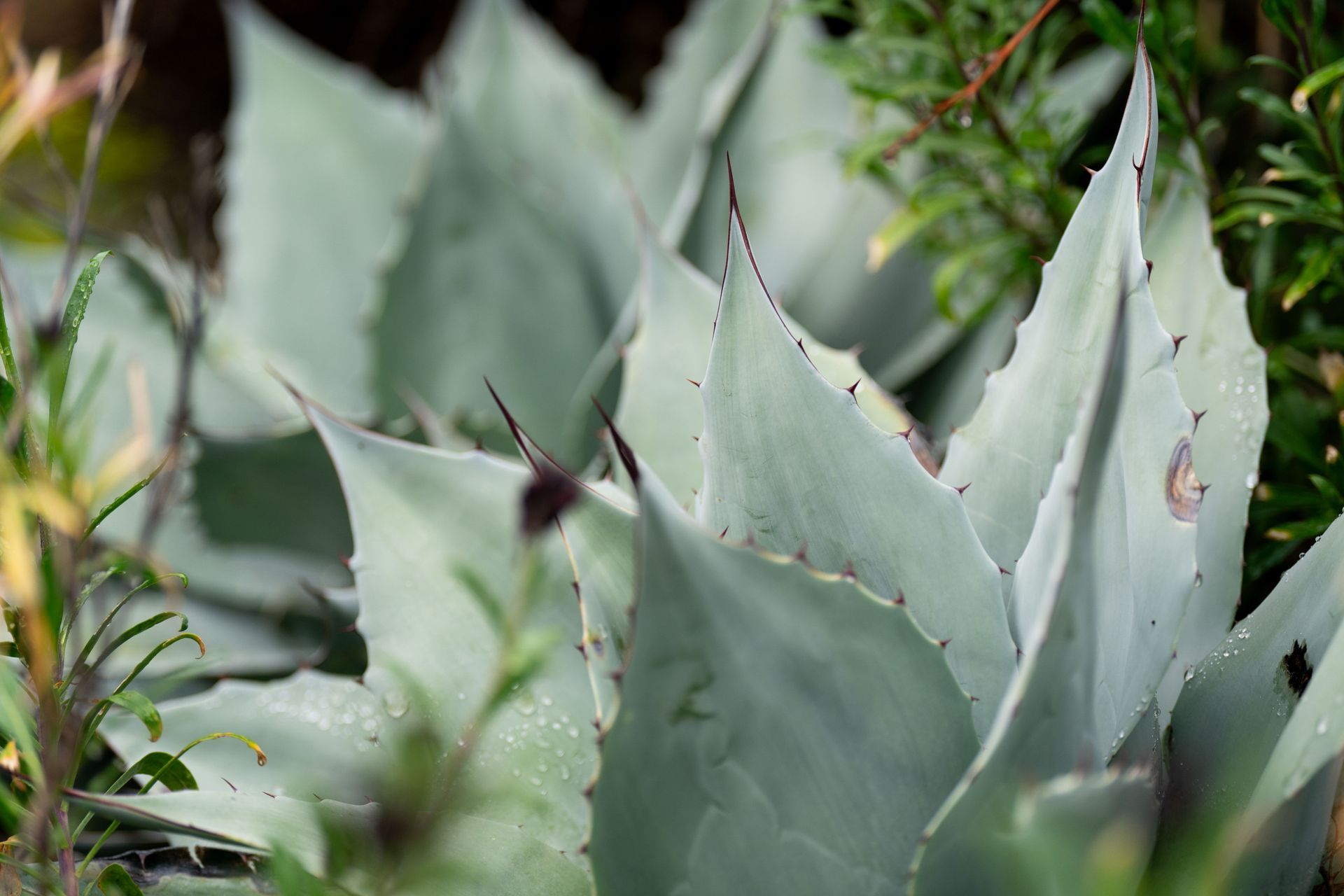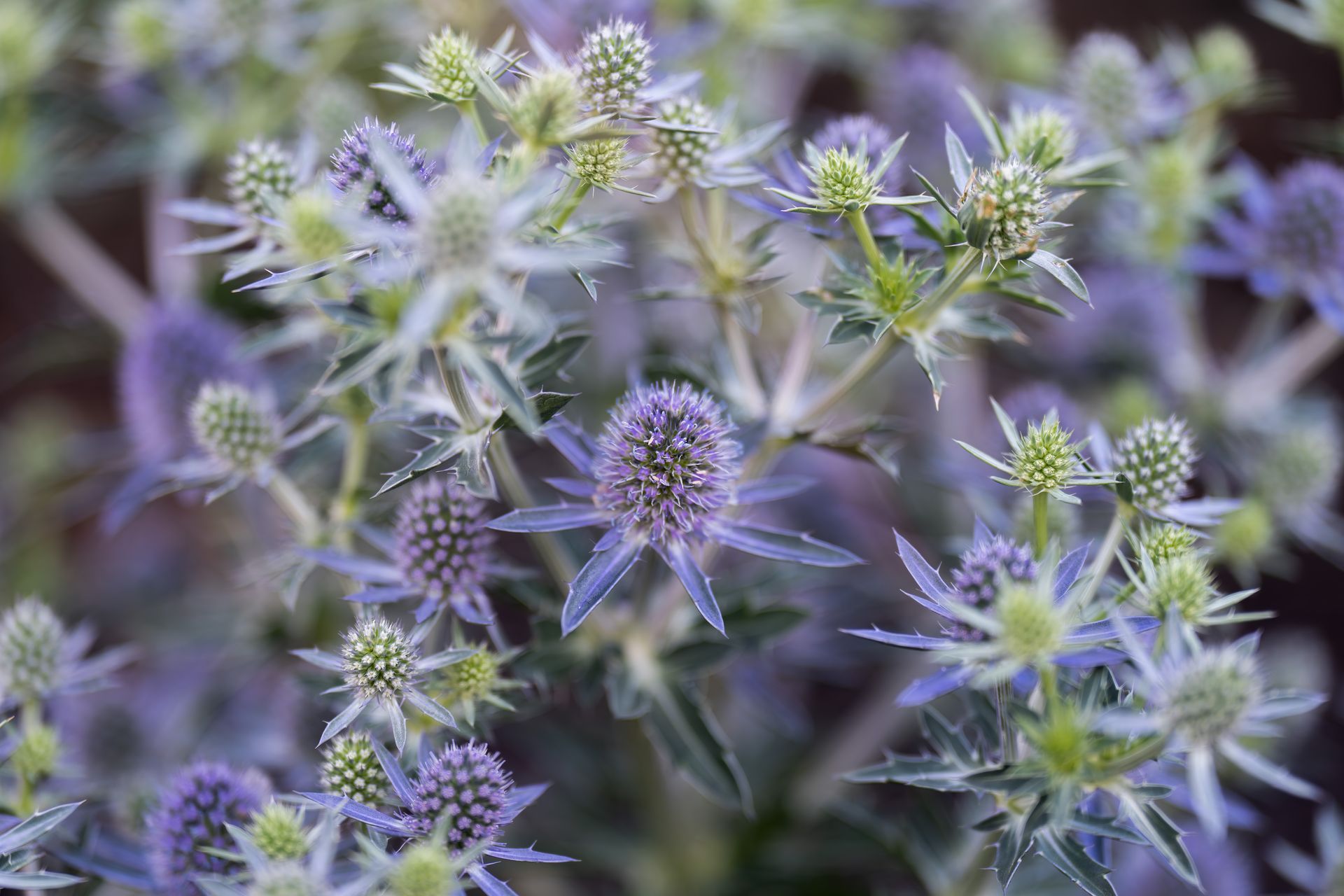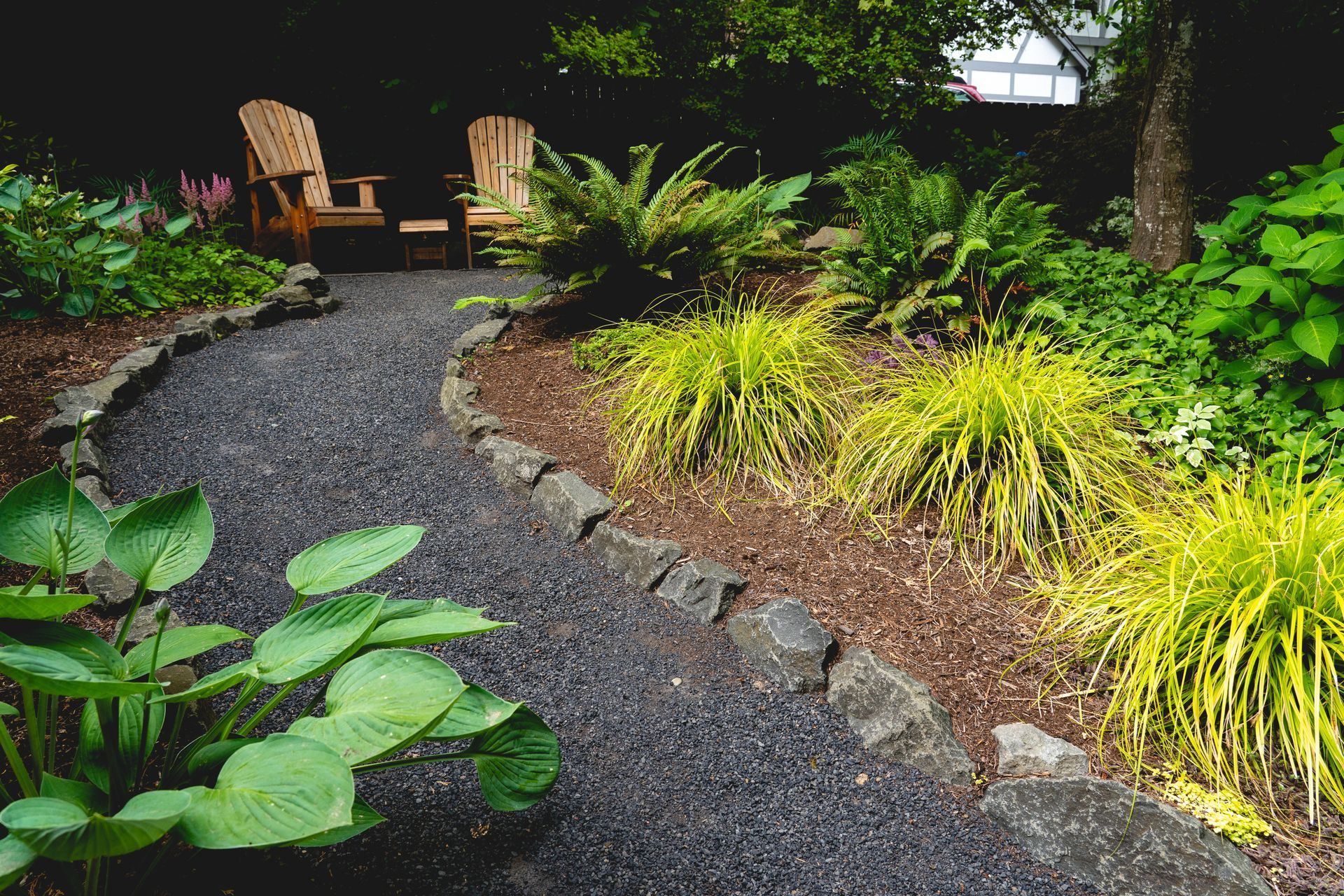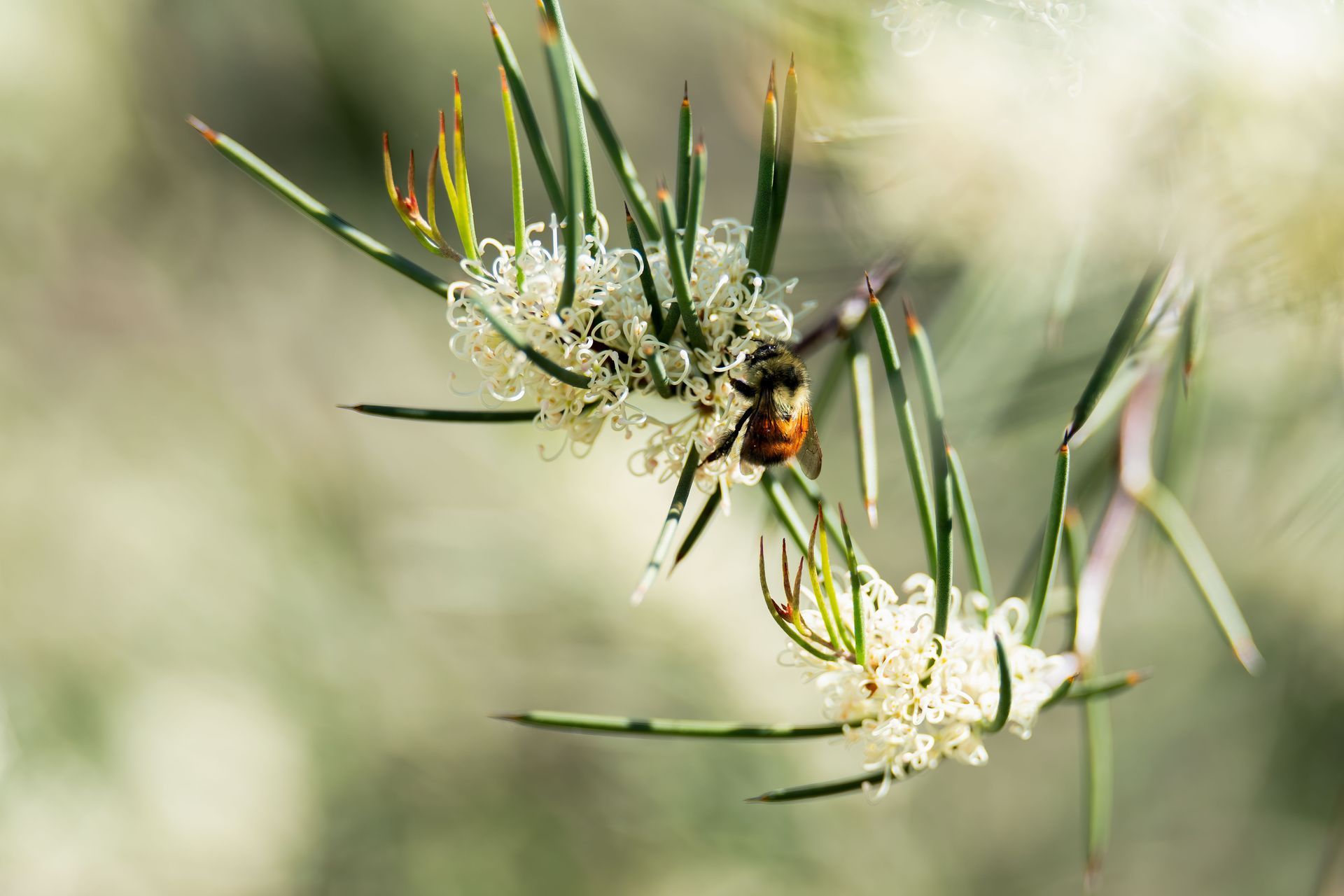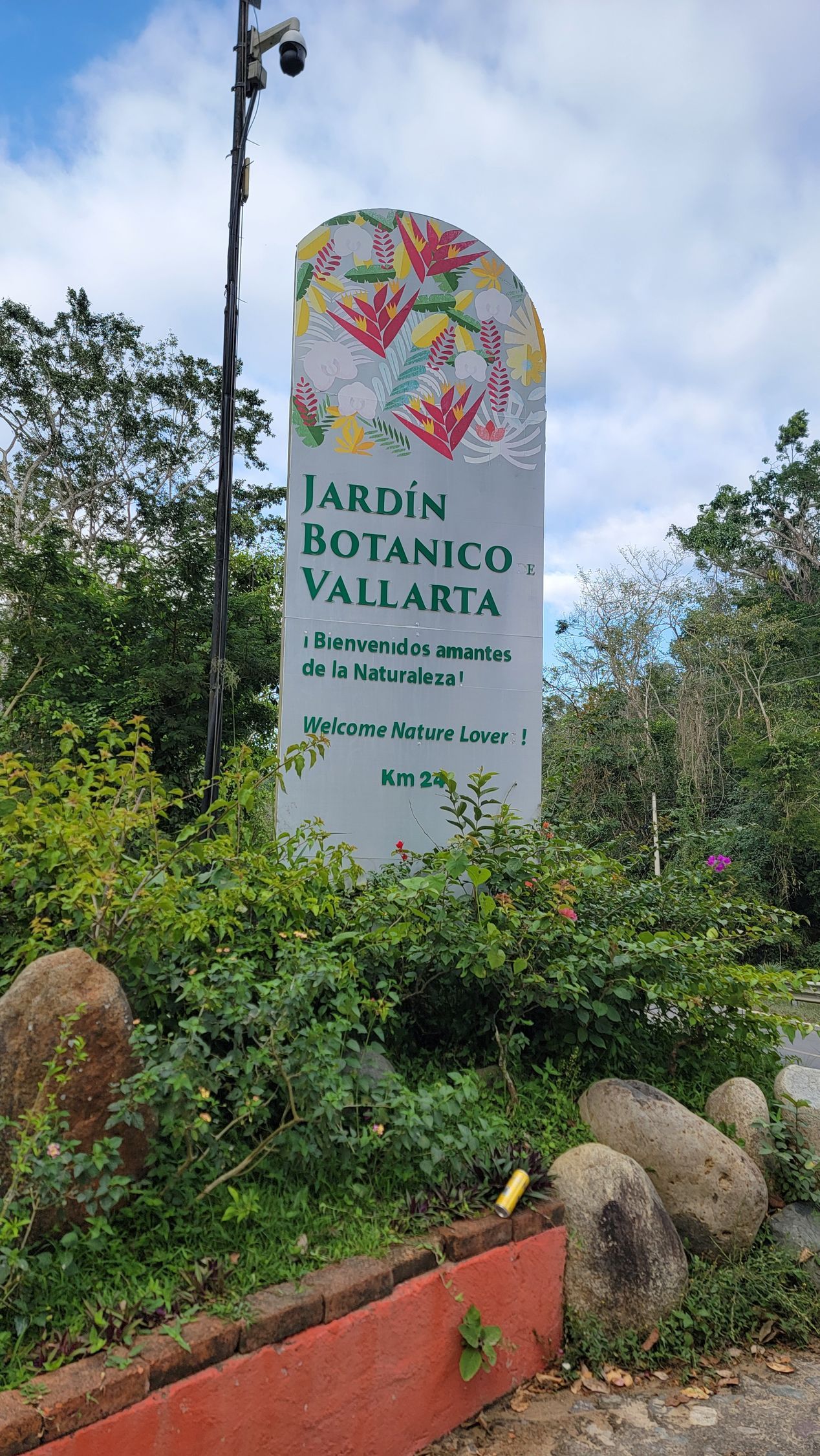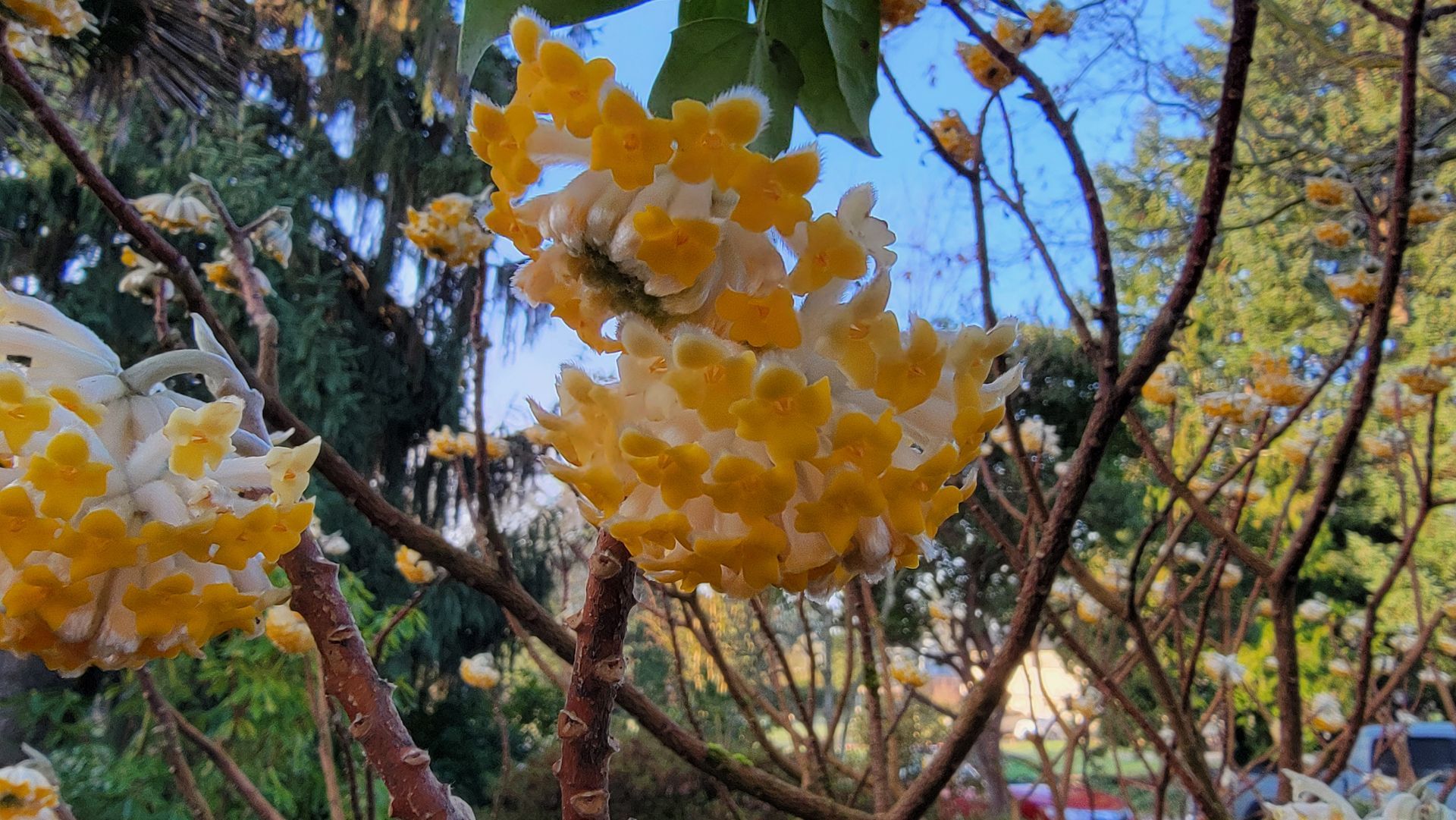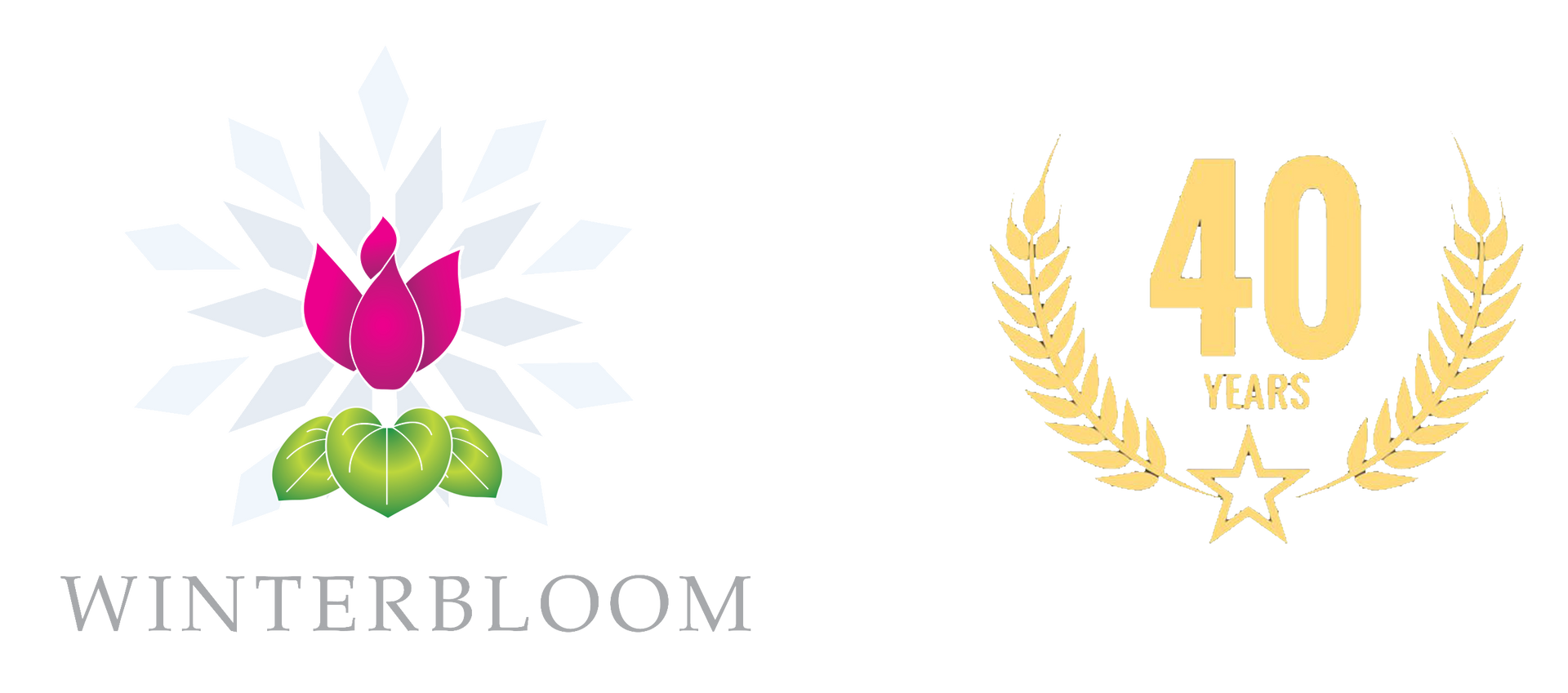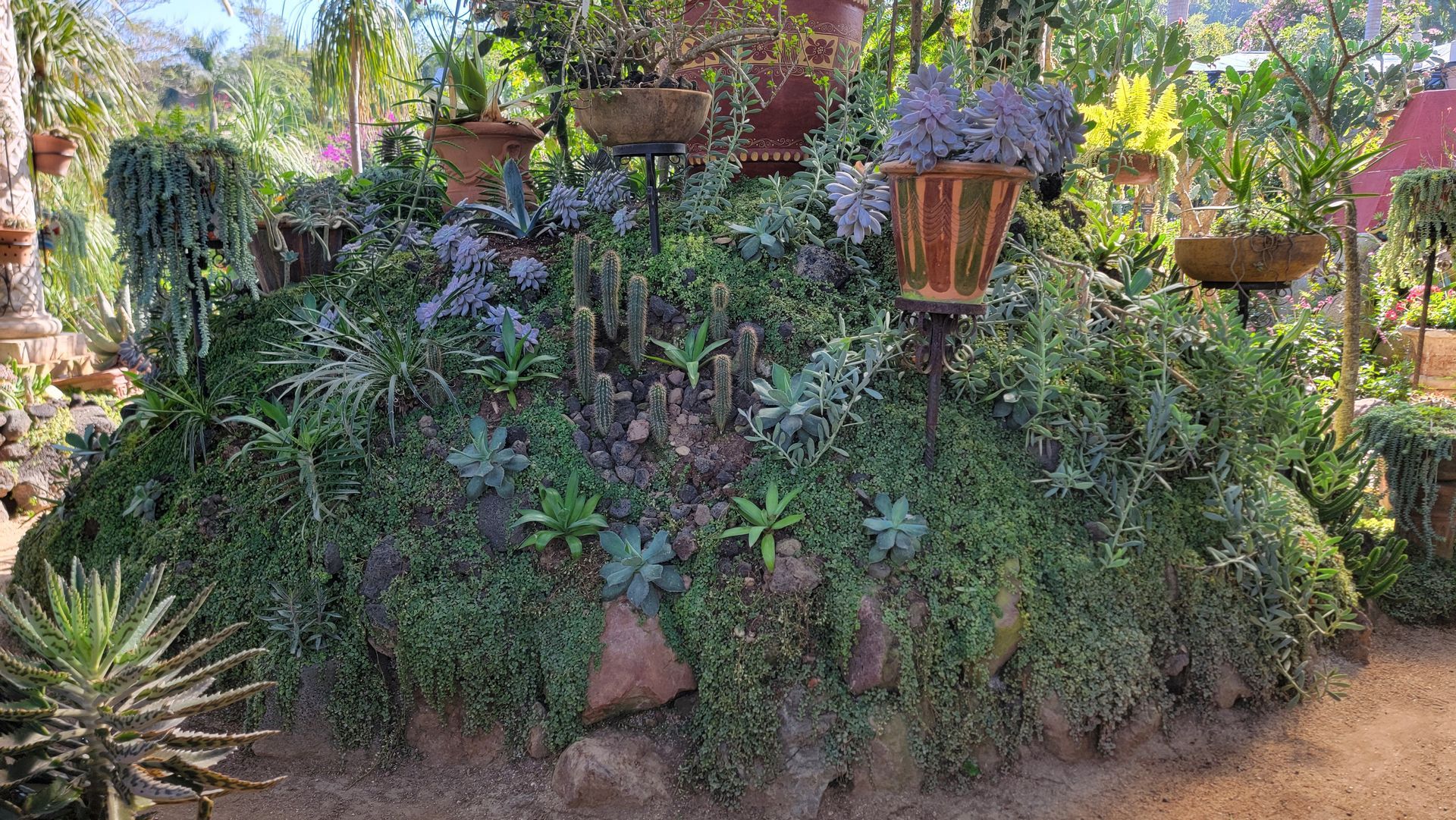What is the name of that plant?
One of the most challenging things that we do as humans is communicate. It is difficult enough to get an idea across to a partner, mate, spouse or family member but it can be impossible to communicate with someone of a different language.
Surprisingly, when it comes to plants, we have a very clear way of communicating with anyone in the world! If someone of a different tongue points to a plant and appears to be asking what its name is, it is easy to tell them—if you know the botanical name. The reason it is easy is that the botanical name is the same in every language of the world.
For example, Coreopsis verticillata ‘Moonbeam’ might be called by many different common names in English; golden daisy or plain’s daisy are two such names. Who knows what the common name for that plant is in Spanish, French or Russian? However, if we use the Botanical name it is the same in Spanish, French or Russian. Botanical names are always binomial, meaning they have two parts. The first is the Genus—in this case, Coreopsis — and is always capitalized. The second name is the Species—verticillata — and is never capitalized. The variety that people like to plant here in the Willamette Valley is called ‘Moonbeam’ because it is pale yellow and is not too vigorous. A variety is always capitalized and is enclosed with apostrophes. Most people just call it Coreopsis ‘Moonbeam’. Coreopsis verticillata ‘Moonbeam’ is an herbaceous perennial . That means that it disappears in the winter and comes back every spring.
Helleborus orientalis is an evergreen perennial. That means that it is ever-green, having green leaves all year long. However, it is not woody like a tree or shrub and does not die out or go dormant every year.
If a plant is a hybrid cross—that means two different species have been used to pollinate the plant—it is shown by an X. Rhododendron X ‘Jean Marie de Montague’ is a beautiful slower-growing Rhododendron which came to us as a cross—shown by the cross—of several Rhododendrons. It is always cloned and not propagated by seed. The clone is named ‘Jean Marie de Montague’. It is an evergreen broadleaf shrub. That means it is green all year round and it is shrub-like in growth.
Pseudotsuga menziesii is known commonly as a Douglas fir tree. It is an evergreen coniferous tree, meaning that it is a tree which produces cones and is green all year.
Quercus garrayana is known as Oregon White Oak and is a deciduous broadleaf tree. That means that it loses its leaves in the wintertime.
A plant may have many common names, but each essentially has only one botanical name. Everyone in the world has the capacity to learn it and then use it to communicate with anyone else in the world.
